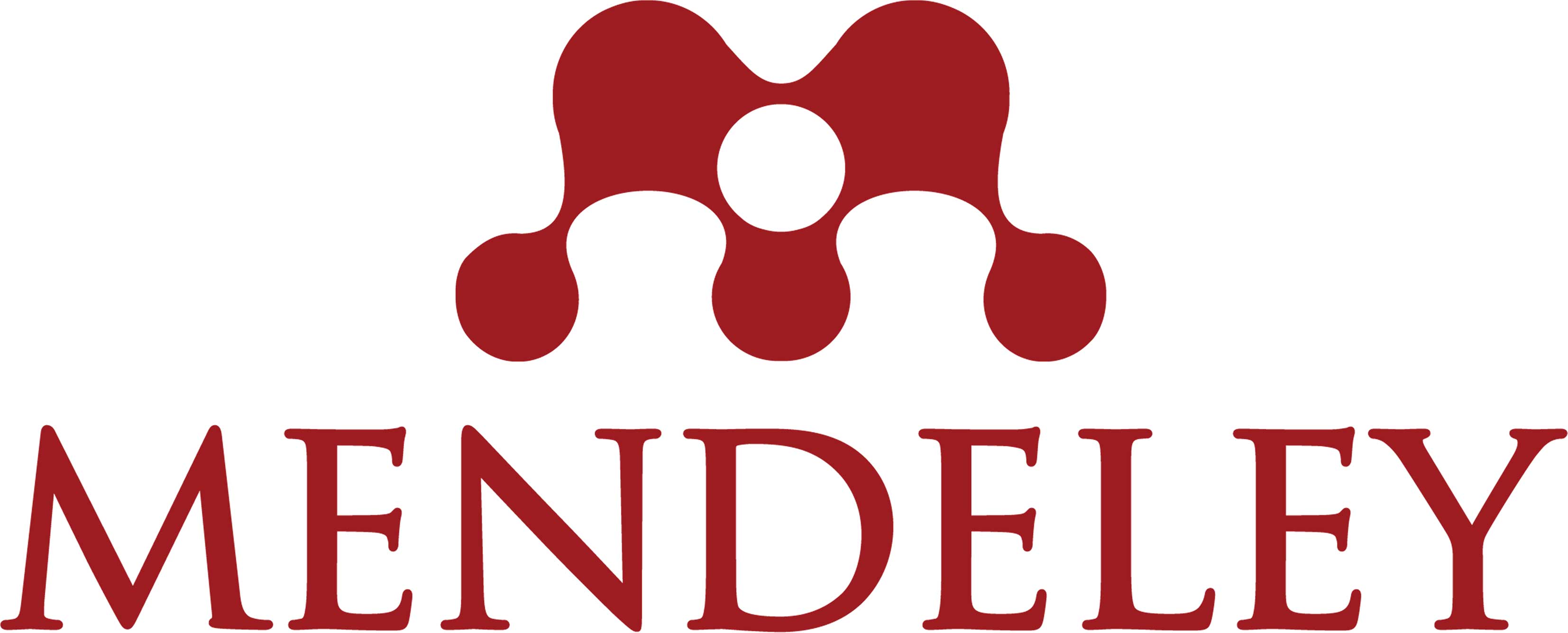LIFE LESSON IN SCHOOL: EXPLORING TOLERANCE AMONG STUDENTS OF SMP N 1 BONTANG
Abstract
The problem of tolerance in schools arises due to a lack of understanding of diversity, social, communication difficulties, and injustice in treatment so that the role of education is needed in shaping students who have an attitude of tolerance. The purpose of this study is to explore the level of understanding and practice of tolerance among students. This research is a quantitative study, with data acquisition through the survey method. The data collected will be analyzed descriptively to identify the level of understanding of students' tolerance attitudes in everyday life in the school environment. The results of this study indicate that although students at SMP N 1 Bontang are divided into several classes, and have religious differences, the students have a good level of understanding and practice of tolerance as evidenced by the results of the analysis assessment. This illustrates that the educational efforts and school environment at SMP N 1 Bontang was successful in promoting tolerance among students who have diverse backgrounds.
References
Adman, P., & Gschwind, L. (2023). Is the Positive Effect of Education on Ethnic Tolerance a Method Artifact? A Multifactorial Survey Experiment on Social Desirability Bias in Sweden. International Journal of Public Opinion Research, 35(4), 1–6. https://doi.org/10.1093/ijpor/edad029
Aeni, A. N. (2014). Pendidikan Karakter Untuk Mahasiswa PGSD. UPi Press.
Alfansuri, D. U., Rusilowati, A., & Ridlo, S. (2018). Development of Instrument Self-Concept Assessmen Student on Learning Mathematics in Junior High School. Journal of Research and Educational Research Evaluation, 7(1), 1–8.
Davies, L. (2008). UNESCO Associated Schools Project Network (ASPnet) and Peace Education. Encyclopedia of Peace Education.
Guetterman, T. C., Fetters, M. D., & Creswell, J. W. (2015). Integrating quantitative and qualitative results in health science mixed methods research through joint displays. The Annals of Family Medicine, 13(6), 554–561.
Hasani, H. (2023). Laporan Survei Toleransi Siswa Sekolah Menengah Atas. Setara Institute, 6–9. https://setara-institute.org/laporan-survei-toleransi-siswa-sekolah-menengah-atas-sma/
Hjerm, M., Eger, M. A., Bohman, A., & Fors Connolly, F. (2020). A New Approach to the Study of Tolerance: Conceptualizing and Measuring Acceptance, Respect, and Appreciation of Difference. Social Indicators Research, 147(3), 897–919. https://doi.org/10.1007/s11205-019-02176-y
Hoon, C.-Y. (2013). Multicultural citizenship education in Indonesia: The case of a Chinese Christian school. Journal of Southeast Asian Studies, 44(3), 490–510.
Mahfud, C. (2013). Pendidikan Multikultural. Pustakan Pelajar.
Nardi, P. M. (2018). Doing survey research: A guide to quantitative methods. Routledge.
Raihani. (2011). A whole-school approach: A proposal for education for tolerance in Indonesia. Theory and Research in Education, 9(1), 23–39.
Raihani, R. (2018). Education for multicultural citizens in Indonesia: policies and practices. Compare, 48(6), 992–1009. https://doi.org/10.1080/03057925.2017.1399250
Sakall?, Ö., Tlili, A., Alt?nay, F., Karaatmaca, C., Alt?nay, Z., & Da?l?, G. (2021). The Role of Tolerance Education in Diversity Management: A Cultural Historical Activity Theory Perspective. SAGE Open, 11(4). https://doi.org/10.1177/21582440211060831
Sugiyono, P. (2016). Metode Penelitian Kuantitatif, Kualitatif, dan R&D. In Alfabeta, cv.
Triyono. (2020). Pengembangan Instrumen Penilaian Sikap Toleransi Pada Pembelajaran PPKn Berbasis Android.
Webb-Halpern, L. (2003). The effects of higher education on tolerance: an investigation of political and cultural attitudes of college students. Academic Forum, 21, 4.
Copyright (c) 2023 Heri Siswoko, Mami Hajaroh, Eva Imania Eliasa, Nur Azizah, Lailla Affianti Fauzi

This work is licensed under a Creative Commons Attribution-ShareAlike 4.0 International License.
Authors who publish with this journal agree to the following terms:
1) Authors retain copyright and grant the journal right of first publication with the work simultaneously licensed under a Creative Commons Attribution License that allows others to share the work with an acknowledgment of the work's authorship and initial publication in this journal.
2) Authors are able to enter into separate, additional contractual arrangements for the non-exclusive distribution of the journal's published version of the work (e.g., post it to an institutional repository or publish it in a book), with an acknowledgment of its initial publication in this journal.
3) Authors are permitted and encouraged to post their work online (e.g., in institutional repositories or on their website) prior to and during the submission process, as it can lead to productive exchanges, as well as earlier and greater citation of published work.





